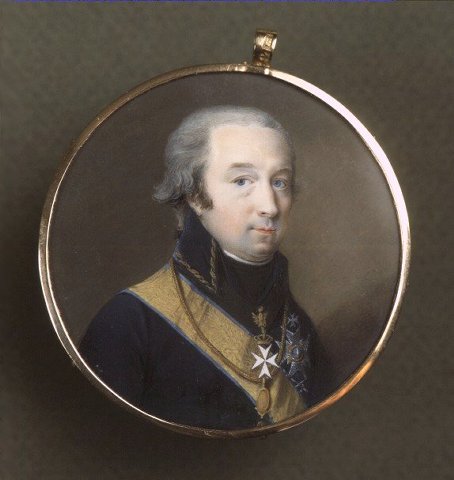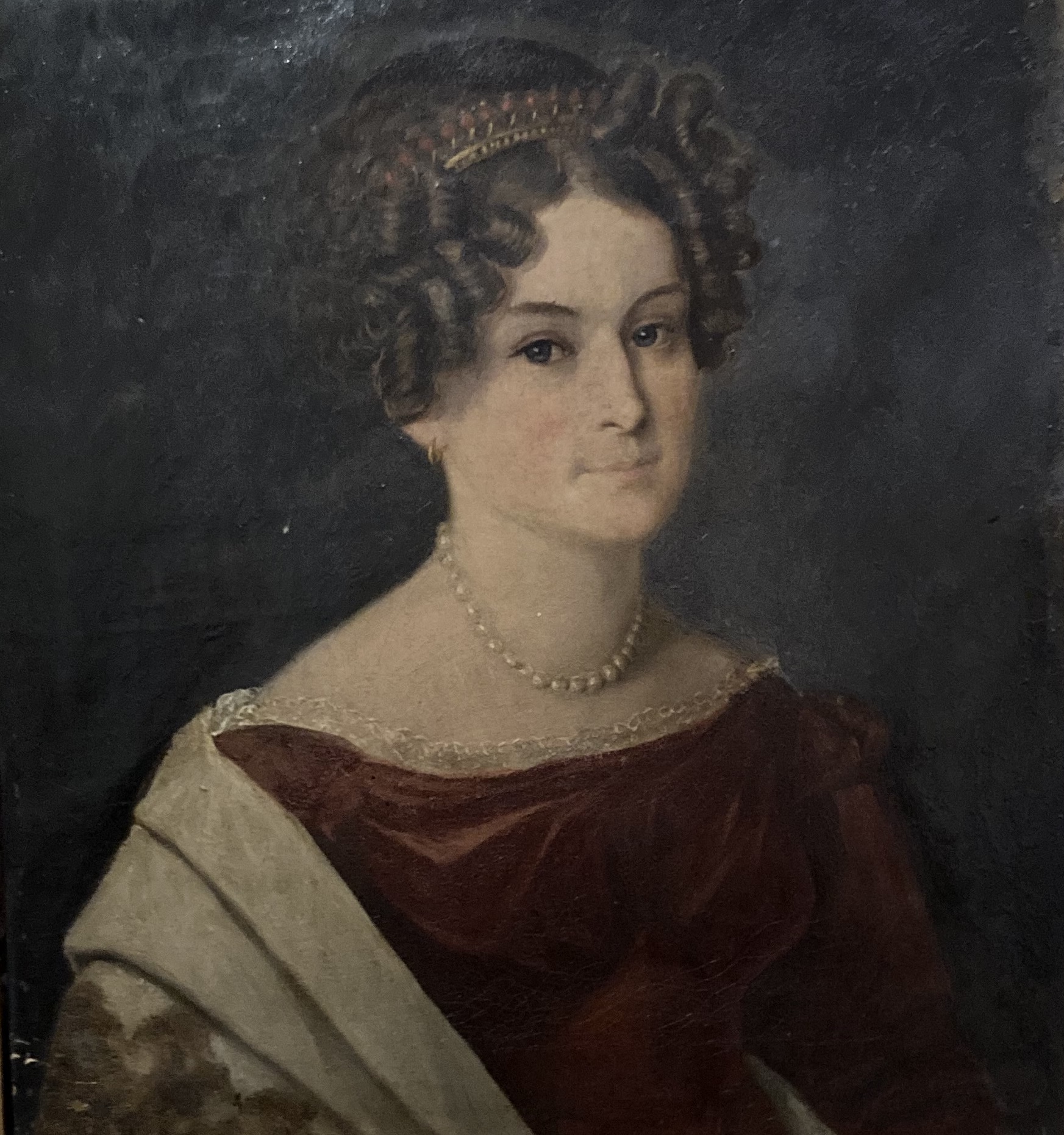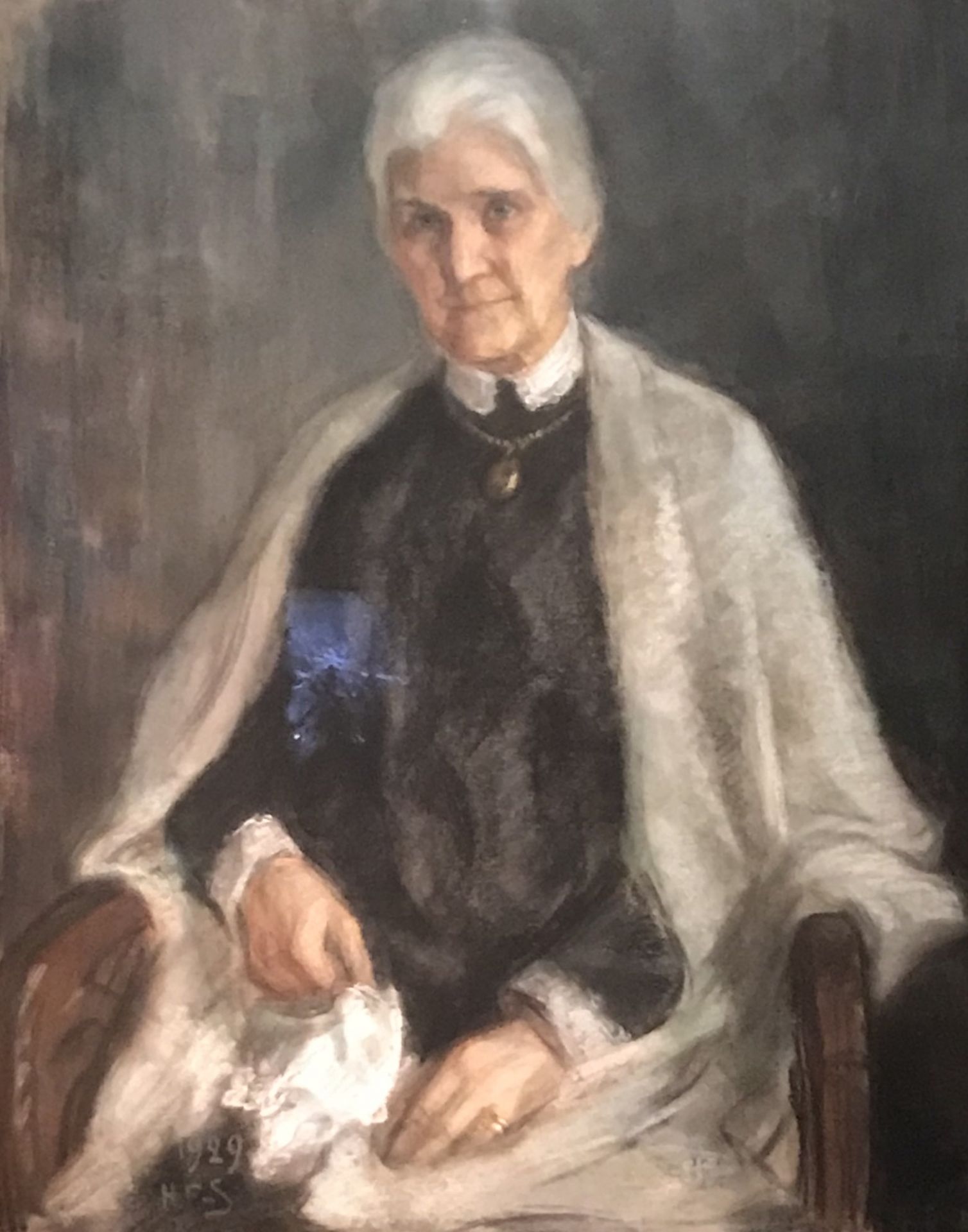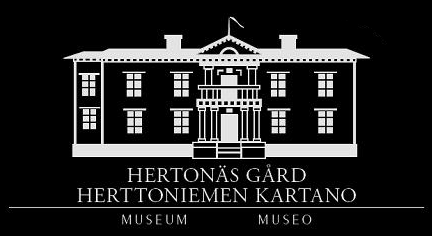Hertonäs manor has a deep History
Hertonäs manor used to be situated in Helsinge parish, but the area is now part of the city of Helsinki. Read more about the history of the manor down below! If you want to learn more, click on the links in the text.
History
The Hertonäs manor in Herttoniemi, its estate and adjoining buildings have a colourful history. Over the years the estate has gone through all the typical stages of development, that usually mark the history of manors in general in Finland. In the Middle Ages several allodium estates were located in the Manor area. Today, in the area of the manor, operate a manor museum and Knusbacka farmstead. In 1922, a windmill was moved from Täktom to Hertonäs manor, which has become a sort of landmark for the manor.
The history of Herttoniemi goes back a long way, and we even know something of its ancient- and medieval history. In the 16th century Herttoniemi village comprised of four allodial estates. Together with the Båtsvik domain they were integrated into one big manor of approximately 800 hectares. At the beginning of the 18th century, Petter Wetter owned the area of current Herttoniemi manor, until he handed it over to his son, Abraham. Abraham Wetter served as the Mayor of Helsinki and he built the old main building of the Herttoniemi manor, near the current Herttoniemenranta (Herttoniemi beach).
Augustin Ehrensvärd, the famed builder of the fortification of Suomenlinna, purchased the Manor in 1752 and later he established brickworks in Tammisalo in order to provide building material for the fortification. Ten years later a fajance factory was set up in Herttoniemi by Bengt Gabriel von Spången. Among its co-owners were Fredrik Ehrensvärd and the merchant Johan Sederholm.
In 1810s, the new owner, admiral Carl Olof Cronstedt, converted the porcelain factory into living quarters (the main building) according to plans drawn up by Pehr Granstedt in the neoclassical style. An additional storey and a low saddle roof was built on to the existing building. The midsection of the facade is marked by two sturdy pilasters and crowned with a tympanum and a semicircle window. In the 1880s, a balcony was added to the northern façade, a terrace with pillars to the southern façade as well as a narrow staircase to the western gable.
The descendants of Cronstedt sold the manor in 1859 to C.G. Bergbom, a county treasurer from Oulu. His heirs in turn sold a major part of the estate’s land property in 1916. After the death of the last proprietor of the estate Johan Bergbom in 1917, the main building and the remaining land property were donated to the association Svenska Odlingens Vänner i Helsinge. From 1925 the manor functioned as a Topelius museum and the museum was visited in 1934 by Verner von Heidenstam. Hertonäs manor functioned as a course center from 1958, until it became a manor museum in the 1970s, which is still active today.
In the early 1920s the Finnish film industry discovered the stunning estate with its exquisite park. The manor has served as the scenic backdrop for several Finnish films in the 20th century. Some of the most famous films filmed in the area are: Kulkurin valssi, Katariina ja Munkkiniemen kreivi, Rosvo-Roope, Ollin Oppivuodet and the Old Baron of Rautakylä.
Historical Figures
Carl Olof Cronstedt (1756-1820)
Viceadmiral Carl Olof Cronstedt was the owner of Hertons Manor in two occasions, i.e. from 1793 to 1799 and from 1813 to 1820. He remade the old fajance factory in to a new main buildning in the 1810s and also founded the majestic park. Cronstedt was accused of treason after he handed over Viapori to the Russians in 1808. He died at his manor in 1820.
Carl Olof Cronstedt was born at Puotila manor in 1756 and his parents were Major Johan Gabriel Cronstedt and Hedvig Juliana Jägerhorn. Already early on, it was decided that the boy would start a military career and at the age of 8, Carl Olof was sent to Fredrik Vilhelm's regiment in Viapori. At the age of twenty, Cronstedt served in the British navy and thus he became involved in the American War for Indipendence. Cronstedt took part in the Russo-Swedish war of 1788-1790 and he fought at the first battle of Ruotsinsalmi in 1789. The following year at Ruotsinsalmi, Cronstedt decided, as the only squadron commander, to supported the king. Cronstedt served as the king's flag captain in the battle and when the Russian fleet was defeated, Gustavus III presented Cronstedt with his own blue-and-yellow silk belt and a golden Ruotsinssalmi medal. Cronstedt was also appointed Minister of Marine affairs, but he lost his post after the king's death. Cronstedt would be awarded later with a commemorative ring made in the memory of king Gustavus III.
Viapor's squadron commander Cronstedt was appointed for the second time as Minister of the Sea, when Kustaa IV Adolf ascended the throne. Cronstedt bought Herttoniemi manor in 1793 and owned it until 1799. He was suddenly demoted in 1801 and he received an order from the king to go to Viapori and act as the commander of the fortress. Losing the rank of Minister of the Sea was a hard place for Cronstedt, but he took up his new task with vigor.

Picture: Carl Olof Cronstedt, National Board of Antiquities.
In February 1808, the Finnish war broke out between Russia and Sweden. In March, the Russian troops arrived to Helsinki and fired on Viapor (currently known as Suomenlinna). At the end of March, the Russians proposed negotiations and offered to spare those who surrendered. At first Cronstedt rejected the proposals, but on the 6th of April he accepted an agreement, that if no help would come from Sweden by the third of May, the fortress would surrender. The fortress surrendered on May 8. It has not been possible to thoroughly investigate the reasons that led to the surrender, but Carl Olof Cronstedt was considered a traitor by his contemporaries for his actions in the siege.
Cronstedt lived in the commandants house in Mäkkylä until he bought the Herttoniemi manor back in 1813. Cronstedt designed a park for the area and let the old faience factory be converted into a residential building. Carl Olof Cronstedt died at Herttoniemi manor on the 7th of April, 1820.
Carl Olof Cronstedt and his wife Beata Sofia Cronstedt (nee Wrangel) are buried in a mausoleum situated next to S:t Lars's church in Vantaa. Above the door to the burial chapel is a stone tablet that has the carvings of the coat of arms of the deceased. The manor was inherited by their daughter, Hedvig Charlotta, until the year 1859.

Picture: Hedvig Charlotta Cronstedt, SOV.
The Bergbom Family
Hedvig Charlotta Stjernschantz and her husband Abraham Stjernschantz sold Hertonäs manor in 1859 to the country chamberlain in The Province of Oulu, Carl Gustaf Bergbom. After him, the manor belonged to his descendants until 1919. The oldest information about the Bergbom family comes from the 17th century. The first known ancestor was burgher who lived in Pori and used the surname Kock. At the end of the 17th century, Johan Mattsson Kock adopted the name Bergbom.
Carl Gustaf Bergbom, who served as county chamberlain of Oulu, bought the Herttoniemi manor in 1859. He lived in the manor for only a few years before his death in 1861. From Carl Gustav's wife Helena Franzén, the estate was then inherited by the surviving sons Karl Zachris and Johan Georg, aka John, in 1880. John became the new owner of the manor, while Karl Zachris took over Tammisalo, where he built himself a villa. Karl Zachris' uniform is though preserved at Hertonäs manor.
John Bergbom (1850-1917)
John Bergbom, a master of arts and an agricultural councilor, was involved in many cultural associations and he even founded a public school. He married Helene Gustava Gripenberg, but the couple never had children. Several servants worked at Hertonäs manor and there were also animals at the manor. John owned i.a. a stallion named Julle.
In 1917, Finland was experiencing a turbulent time. The Bolsheviks' seizure of power in Russia also led similar demands in Finland by the working class. The revolting working class (also known as the Reds) declared a general strike in the country and established numerous armed security guards to carry out house searches and arrests. In Herttoniemi on November the 17th, the Reds broke into the manor looking for weapons and when they found old John Bergbom and his wife at the breakfast table, they shot and murdered John. Before his death, John Bergbom had sold most of the estate's lands and he had bequeathed the building itself to a company called Härtonäs Gods Ab. However, the company did not take care of the mansion and the heirs donated the building to the association Svenska Odlingens Vänner i Helsinge.

Picture: John Bergbom, SOV.
Helene Bergbom (1851-1932)
The last matron of Hertonäs Manor was John Bergbom's wife, Helene Gustava Bergbom née Gripenberg. Helene was born on March the 12th, 1851 in Oulu. Her mother died of lung disease when the Helene was just five years old and the housekeeper was the girl's best friend when she was a child. Helene's father, Lieutenant Gustaf Gripenberg of the Finnish Guard, remarried when Helene was nine years old. "One day my father told me and my brothers that we were getting a new mother. It was a complete surprise.", Helene mentions in her memoirs. She had a hard time getting along with her new stepmother.
As was customary for someone from the higher estates, Helene started in a German school in Oulu at the age of seven, but she had already before that received Russian, German and French lessons from a Russian teacher. Helene also liked music and dancing and she started dance lessons at the age of eight. At the age of thirteen, Helene recieved a place at the famous Smolna Institute for girls in St. Petersburg. There, she learned to play the piano, among other things, which became her passion. Later, encouraged by her uncle, Helene made progress in playing the piano so that she was later able to perform for an audience.
After graduating from Smolna and after a couple of years of experience as a home teacher, Helene was chosen as a teacher at the Hamina's new girls' school. Outside of school, he gave piano lessons and maintained her own playing skills. After teaching in Hamina for four years, Helene traveled to Dresden to study music. Helenes father died when she was about twenty years old.
When Helene was 30 years old, she married her second cousin John Bergbom. In 1917, John was murdered by the Reds and Helene moved out of the mansion. Helene Bergbom and the relatives of her late husband decided to donated Hertonäs Manor to the association Svenska Odlingens Vänner i Helsinge. Helene died at the age of 81 on December the 15th, 1932.

Picture: Helene Bergbom, SOV.
